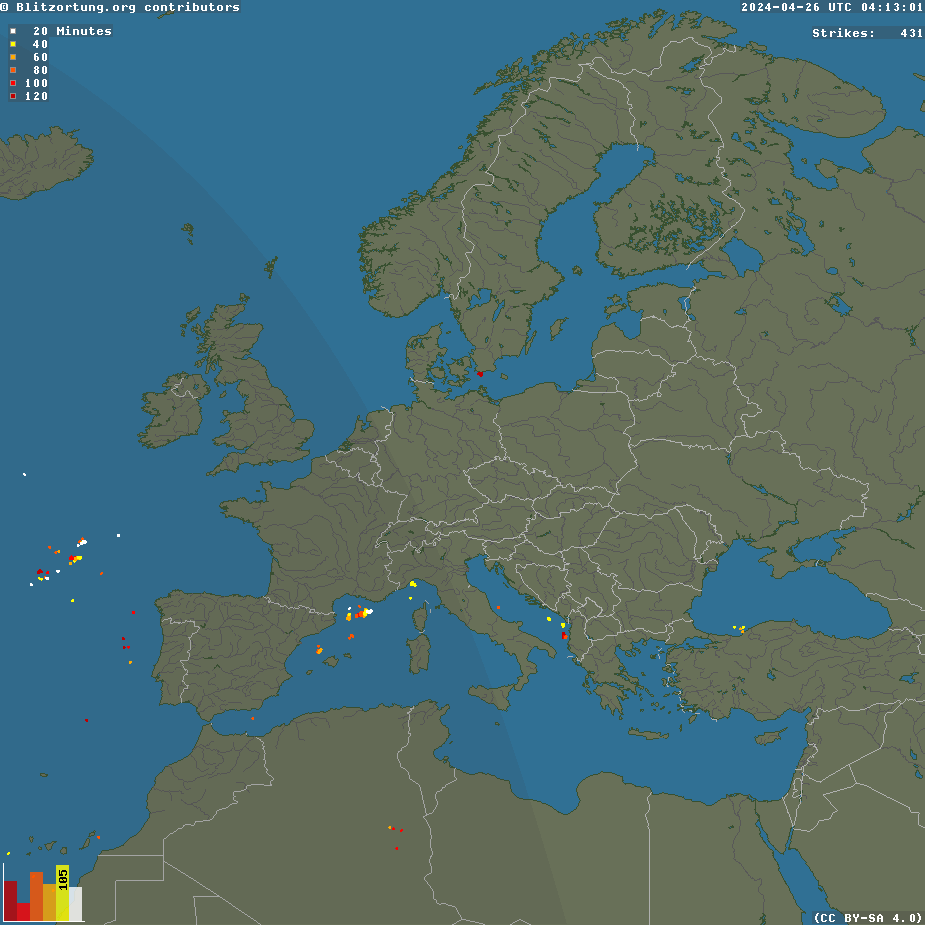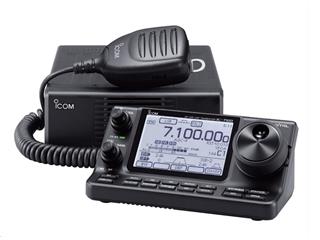This afternoon, I strung out my Par 40/20/10 horizontal end-fed HF antenna for 40, 20 and 10m from the base of my V2000 vertical to a tall branch of the silver birch tree at the end of my garden. Being a bungalow, the height is nothing great at around 4m above ground average. Match is excellent on 10m and 20m but the end wants trimming a few cm to improve the match on 40m.
I have just started WSPR beaconing at 1W on 20m to see how it performs and on the first transmission was spotted by
N6RFM, LA6TPA, LA9JO and
4X1RF with reasonable reports. So, initial results look OK.
This now means I have the following TX capability from the new QTH:
(1) 630m - earth-electrode antenna
(2) 40, 20 and 10m HF - Par 40/20/10 antenna
(3) 6, 2 and 70cm - VHF/UHF V2000 vertical
(4) 2m - horizontal halo antenna
(5) 481THz optical - 110mm lens TX
All these antennas are unobtrusive and neighbour friendly. Now let me see how soon I can achieve QRP DXCC from this new QTH.
Experimenting will mean these antennas will come and go.















 A few hours after I commented on the price in the US of the IC-7100, I had an email from Martin Lynch and Sons announcing the UK launch on July 17th.
A few hours after I commented on the price in the US of the IC-7100, I had an email from Martin Lynch and Sons announcing the UK launch on July 17th.



